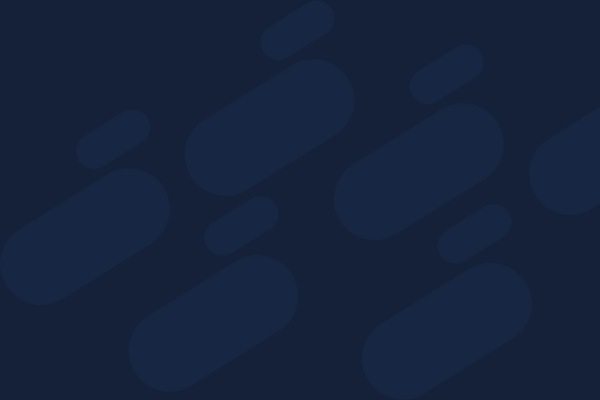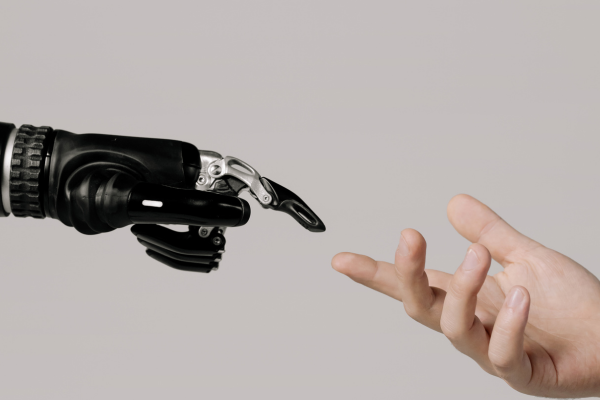How modern software has changed HR
Technology is always changing and adapting for the better along with advances in data analytics and artificial intelligence. This has driven significant changes in how HR functions operate, below we have listed how modern HR software has changed the industry:
- Recruitment and Hiring: Technology has revolutionised recruitment. Online job portals, social media platforms, and applicant tracking systems (ATS) have made it easier to source, attract, and manage talent. Companies can now reach a global talent pool and use data analytics to identify the best candidates quickly. AI-powered tools can scan resumes, conduct initial screenings, and even schedule interviews, significantly reducing the time and cost associated with hiring.
- Employee Onboarding: Onboarding processes have become more streamlined and efficient through digital platforms. New employees can complete online forms, undergo training, and access resources by a click of a button,helping new hires integrate more quickly and effectively into the company.
- Performance Management: Performance management systems allow for real-time feedback, goal setting, and performance tracking. Employees and managers can have ongoing conversations about performance, which fosters a culture of continuous improvement and development.
- Training and Development: E-learning platforms and virtual training programs have made it easier for companies to provide continuous learning opportunities. Employees can access training materials anytime, anywhere, which supports their professional growth and ensures they remain up-to-date with industry trends and skills.
- Employee Engagement and Retention: HR software has provided tools to measure and improve employee engagement. Surveys, feedback tools, and sentiment analysis help HR teams understand employee morale and address issues proactively.
- HR Analytics: HR data analytics has become a powerful tool for HR professionals. By analysing workforce data, HR can gain insights into employee behaviour, identify trends, and make informed decisions.
- Remote Work and Collaboration: Video conferencing, project management tools, and cloud-based HR systems ensure that remote teams can work effectively and stay connected.
How Different HR Software Benefits Different Businesses
HR software is not a one-size-fits-all solution; different types of businesses benefit from different features and functionalities based on their unique needs.
- Small Businesses: Small businesses often benefit from integrated HR software that combines payroll, employee records, and compliance management in a single platform. This reduces administrative burdens and ensures that all HR functions are streamlined and manageable without requiring a large HR team.
- Medium-Sized Businesses: Medium-sized businesses typically require more advanced HR solutions that offer scalability and customization. These companies benefit from software that includes robust reporting and analytics features, performance management systems, and advanced recruitment tools. This allows them to attract and retain top talent while maintaining efficient HR operations.
- Large Enterprises: Large enterprises need comprehensive HR systems that can handle complex organisational structures and large volumes of data. Enterprise Resource Planning (ERP) systems with integrated HR modules are often preferred. These systems provide extensive functionality across all HR areas, including global payroll management, advanced analytics, and compliance with international labour laws.
- Industry-Specific Needs: Some industries have specific HR requirements. For example, the healthcare sector may need software that handles credentialing and compliance with health regulations. The retail industry might require robust scheduling and time-tracking features to manage a large, often part-time workforce. Manufacturing companies may benefit from software that integrates with production schedules and safety compliance tracking.
How to Make Use of HR Software in the Workplace
Successfully implementing and utilising HR software requires careful planning and execution. Here are some steps to make the most of HR software in the workplace:
- Assess Your Needs: Begin by identifying the specific HR challenges and requirements of your organisation. This will help you choose the right software that aligns with your business goals.
- Choose the Right Software: Evaluate different HR software options based on your needs. Consider factors such as ease of use, scalability, integration capabilities, and customer support. Opt for a solution that can grow with your business and adapt to changing requirements.
- Customise and Configure: Tailor the software to meet your specific needs. Configure workflows, set up user permissions, and customise templates to ensure the system aligns with your HR processes.
- Train Employees: Provide comprehensive training for all users. This includes not only HR staff but also managers and employees who will interact with the system. Training should cover both basic functionalities and advanced features.
- Monitor and Evaluate: After implementation, continuously monitor the software’s performance and gather feedback from users. Evaluate its impact on HR efficiency and employee satisfaction. Make adjustments as needed to optimise its use.
How PayEscape’s HR Software Can Benefit Your Business
Staying compliant with UK employment laws and regulations is crucial. PayEscape’s HR software is regularly updated to reflect the latest legal requirements, ensuring your business remains compliant.
Additionally, robust security measures protect sensitive employee data. Our software can also integrate payroll and HR functions, ensuring accurate and timely payroll processing. This reduces administrative burdens and minimises errors, freeing up HR staff to focus on strategic activities. Get in touch with PayEscape today to find out more.














